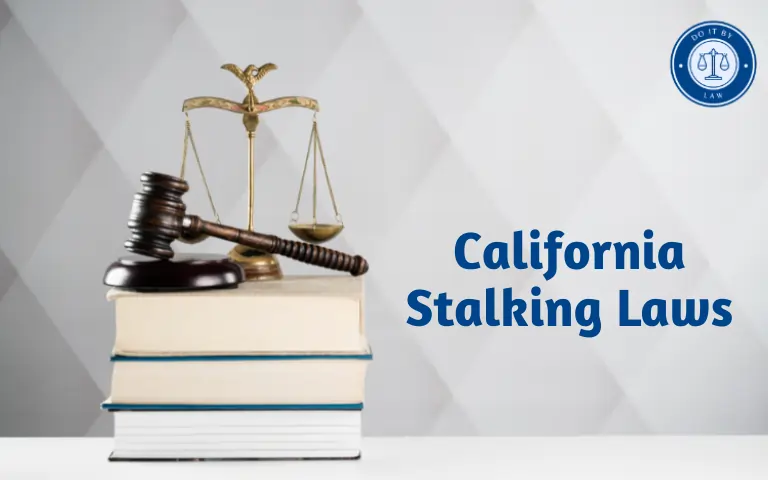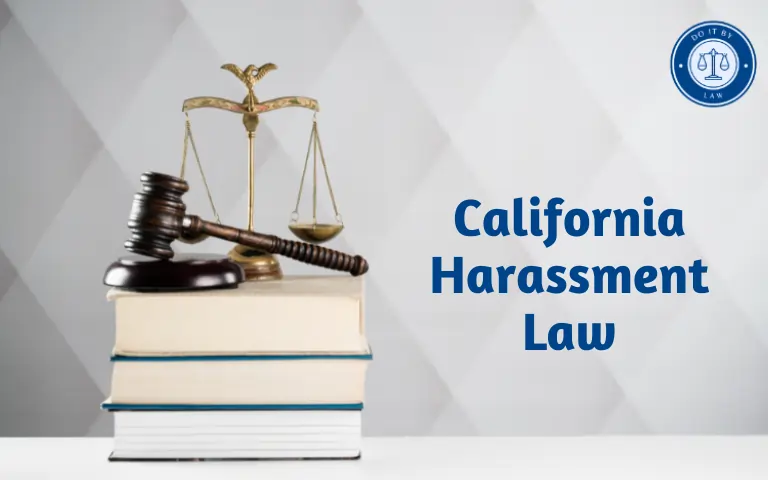California DUI Laws: What You Need to Know
California DUI Laws has strict drunk driving laws setting illegal per se blood alcohol limits for drivers, with escalating criminal fines, jail penalties, license suspensions, ignition interlock, and DUI classes for multiple offenses.
When California DUI Laws Were Enacted and Why They Exist
California states originally enacted legal prohibitions against driving under the influence of alcohol and similar driving impairment offenses starting in 1913 as part of the California Vehicle Act. Additional legislation augmented and formalized drunk driving countermeasures over the ensuing decades.
Before the 1913 Act, little motorized traffic existed nationwide and no cohesive regulations governed intoxicated vehicle operation specifically in the state. However, as cars, roads, and fatalities increased through the 1920-30s, public pressure mounted for lawmakers to address extreme risks from drunk drivers more systematically.
This activism turned significantly urgent in the late 1960s and onward as groups like Mothers Against Drunk Driving (MADD) and Remove Intoxicated Drivers (RID) formed demanding reform after the loss of relatives to high-profile alcohol-related collisions involving offenders with repeated priors to avoid harsh penalties at that time.
Key motivations spurring the adoption of stricter California DUI laws included:
- Preventing avoidable injury, death, and destruction from intoxicated motor vehicle operation statewide. Drunk drivers continue causing around 30% of California road fatalities currently.
- Deterring drunk driving with appropriately scaled punishments reflecting severe threats posed to public wellbeing.
- Managing crisis levels of alcohol-impaired collisions, especially deaths numbering in the thousands annually on California roads by the 1980s.
In response, California implemented a comprehensive framework of criminal drunk driving statutes pioneering many stricter remedies mimicked nationwide today. The state continually refines DUI laws applying core principles of prevention, punishment, and rehabilitation.
Who California DUI Laws Apply To
California drunk driving laws regulated under Vehicle Code Sections 23152 and 23153 apply to:
- Any motorist determined to be operating a vehicle while demonstrably impaired by alcohol intoxication or drugs to unsafe levels.
- All vehicle operators stopped anywhere on California roadways found driving with blood alcohol content (BAC) of 0.08% or higher for age 21+ (0.01% if under 21).
It is illegal per se for these excessive BAC thresholds to be present in drivers of all standard motor vehicles including cars, trucks, motorcycles, ATVs, golf carts, motorized scooters or bicycles, boats, and RV campers when used on public rights of way.
Penalties differ for adult and underage (ages 13-20) offenders but all face escalating fines, license suspensions, alcohol classes, and potential incarceration for repeat violations endangering public safety on roads statewide.
Key Provisions Within California DUI Laws
Major elements comprising California’s complex statutory framework regulating intoxicated driving include:
Blood Alcohol Concentration Limits (BAC)
- 0.08% BAC illegal per se limit for ages 21+
- 0.04% BAC limit for commercial vehicle drivers
- 0.01% zero tolerance limit for under 21 drivers
DUI Offense Charges & Penalties
- Misdemeanor or felony DUI charges
- Fines $390-$1000+
- License suspensions 6-10 months minimum
- Up to 6 months in county jail
Prior Offender Escalations
- 2nd & 3rd offenses within 10 years see increased fines, jail terms, license suspensions
- 4+ offenses can trigger felonies, state prison, vehicle forfeiture
Reinstatement Requirements
- DUI classes
- Ignition interlock device
- SR-22 insurance
- Restricted licenses
So in summary, California law strictly prohibits driving with elevated BAC levels plus demonstrable impairment from intoxicants, with scaled licensure and monetary penalties reflecting public safety risk factors.
Penalties for Violating California DUI Laws
The California judicial system wields both criminal and administrative remedies enforcing drunk driving regulations, including:
Fines & Fees
First offenses incur around $2000 total fines/fees. These rise over $5000 for second and third offenses. Five or more DUIs can approach $10,000 cumulative fines.
Jail Sentences
Judges can impose up to 6 months in jail per single DUI. Repeats face over a year behind bars typically when aggravators like collisions exist. Rare maximum sentences of up to 10+ years of state imprisonment are technically possible for egregious cases involving multiple deaths.
License Suspensions
DMV also mandates independent administrative license suspensions of at least 6 months for the first offense, 12 months for the second, and 24 months for the third, with 4+ DUIs revoking driving privileges for 3+ years.
Ongoing Costs
Beyond base fines and jail terms, between DUI classes, monthly interlock lease costs, SR-22 insurance premium hikes, and other ancillary expenses, budgets suffer 5-figure impacts or more over multi-year resolutions.
So in total, financial devastation, imprisonment risk, and driving constraints represent severe hardships from unlawfully driving impaired in the state.
Recent Changes and Proposed Updates to California DUI Laws
Various amendments to California’s drunk driving statutes enacted over recent years include:
- 2012 – Authorization for broader, longer-lasting ignition interlock restrictions expanding DUI deterrence effectiveness
- 2016 – Elimination of restricted licenses for second offenders if DUI-involved injury occurred
- 2018 – Pilot programs in Los Angeles, Alameda, Sacramento, and Tulare to equip recidivist offender vehicles with continuous alcohol detection systems
- 2019 – Extending previous lookback windows defining prior offenses from 7 years to 10 years, meaning more prior DUIs now count toward the serialization of offenses
- 2022 – Assembly Bill 279 increased minimum suspension periods to one year for a second DUI and three years for a third
Current proposed updates gaining support for likely enactment include:
- Mandating interlock devices for 12-24 months following first offenses – not just repeat convictions.
- Creating lifetime revocation of driving privileges upon a set number of offenses, such as five DUIs.
- Requiring all DUI offenders to bear the costs of mandatory alcohol ankle monitors during suspension periods.
So California continues pioneering ever more assertive DUI countermeasures as risks posed by recidivists and extreme BAC offenders remain high statewide.
Controversies and Challenges Around California DUI Law’s
Despite lifesaving progress curbing drunk driving, some aspects of California’s extensive DUI laws raise debate, including:
- Are Extreme Penalties Necessary? – Felony charges and 5+ year license suspensions for misdemeanor drunk driving offenses strike some as overkill. Jail crowding and life derailment are also a factor.
- Are Enhanced Enforcement Remedies Too Intrusive? – Continuous blood, breath, or ankle alcohol monitoring methods some lawmakers propose to strike privacy advocates as overly invasive. Concerns around Fourth Amendment violations and presumed innocence arise despite the drunk driving plague.
- Do Targeted Groups Face Discrimination? – Minorities and lower-income cohorts draw disproportionate DUI arrests and conviction rates in California according to some studies. However, law enforcement contends this merely reflects higher risk demographics evident in collision data.
Finding equitable balance calibrating remedies reflecting genuine public danger levels while upholding civil liberties persists as an inherent tension within California’s DUI law policy debates.
Conclusion and Key Takeaways on California DUI Law’s
In essence, through evolving criminal statutes and administrative remedies over the past century or more, California implemented some of the nation’s most assertive repercussions impeding driving under alcohol impairment including:
- Setting maximum illegal blood alcohol concentration thresholds making intoxication effectively illegal per se
- Imposing steep criminal fines and jail terms scaled to repeat offender risk
- Mandating cumulative license suspension periods spanning years via DMV not just courts
- Requiring DUI deterrence mechanisms like ignition interlock devices and alcohol education programs before reinstatement
With alcohol remaining linked to around one-third of traffic fatalities in the state, California DUI laws will likely continue expanding in severity to match ongoing threats. All who operate vehicles in the state must remain vigilant about strictly avoiding any drinking behavior that places the public at risk on roadways.







